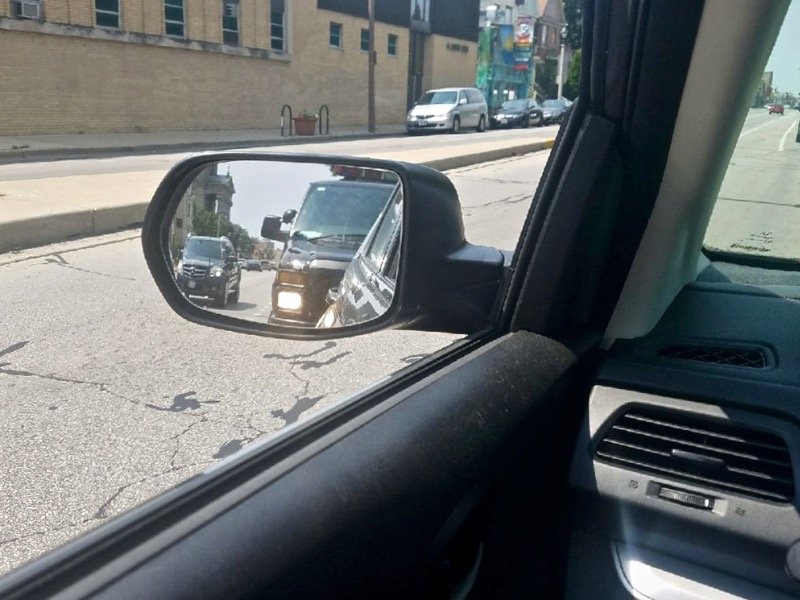The scratches, burn marks and pops are artificial now.
The imperfections of analog pictures we’ve come to know from movies no longer reflect the vulnerability of film. And as technology has advanced, so too have Marcus Theatres.
"We have gone from film to digital," said Mark Collins, the director of projection technology for the movie theater chain. "(The films) were shipped to us in a can, weighing as much as 50 pounds. … Now we just download them."
Much like how we may stream films in our home on a television, projectors at theaters are digital. Collins can make sure a film shown in Nebraska or North Dakota is working fine from his office in Milwaukee.
"What you need is the download and the key," Collins said of the movie that is stored on the equipment that has been installed in a number of Marcus Theatres in the chain. Value Cinema in Oak Creek, which was one of the last outlets for 35mm film in the market, was recently closed and reopened with the technology upgrade.
Collins said that even the budget theater, which shows second-run films, needed digital capacity in order to screen movies. As the technology advanced, the studios and distribution firms stopped making copies of the movie on celluloid.
"They have been harder to get our hands on," Collins said of film copies of the widely-released movies. "We knew we had to move in this direction."
When "Ant-Man," "Mr. Holmes" and "Trainwreck" open this weekend, they will be downloaded onto the server at each theater. Then, the studios will provide the key that coordinates at which locations, on which screens and at which times the movie will appear.
Digital delivery also makes it easier for Marcus to show films with a more limited release.
"Without the expense of making a film version, smaller movies are more available to us now," Collins said.
But the expenditure to change the equipment is large. Along with remodels, the addition of of Dolby ATMOS sound systems and DreamLounger chairs, the experience at a movie theater is far different than it was even a couple of years ago.
One budget cut cost an entire theater location in Milwaukee – the one on 76th Street north of Good Hope Road. When the chain – which has multiplexes in 13 states – closed the location, one factor was the budget required for the digital upgrade.
"With that location we had to look at a number of things," Collins said. "We had to take into account the number of tickets sold."
At other multiplexes throughout the market, the new equipment means more than just showing the latest summer blockbusters on more screens. Thanks to digital projection, more screens will be able to show one-time events and limited independent runs of programs offered through the likes of the Metropolitan Opera and other distributors.
"I remember once a man had this film," Collins said about when so few copies were available for independent movie makers. "He’d drive into one town and show the movie over the weekend. Then, he would load it back up into his car and drive it to the next city to show it again."
Now, all a small-movie maker needs to do is bring over a hard drive and do a file transfer. It is a long way from loading five reels or more of film from canisters onto the huge platter that projected films until recently.
Media is bombarding us everywhere.
Instead of sheltering his brain from the onslaught, Steve embraces the news stories, entertainment, billboards, blogs, talk shows and everything in between.
The former writer, editor and producer in TV, radio, Web and newspapers, will be talking about what media does in our community and how it shapes who we are and what we do.







